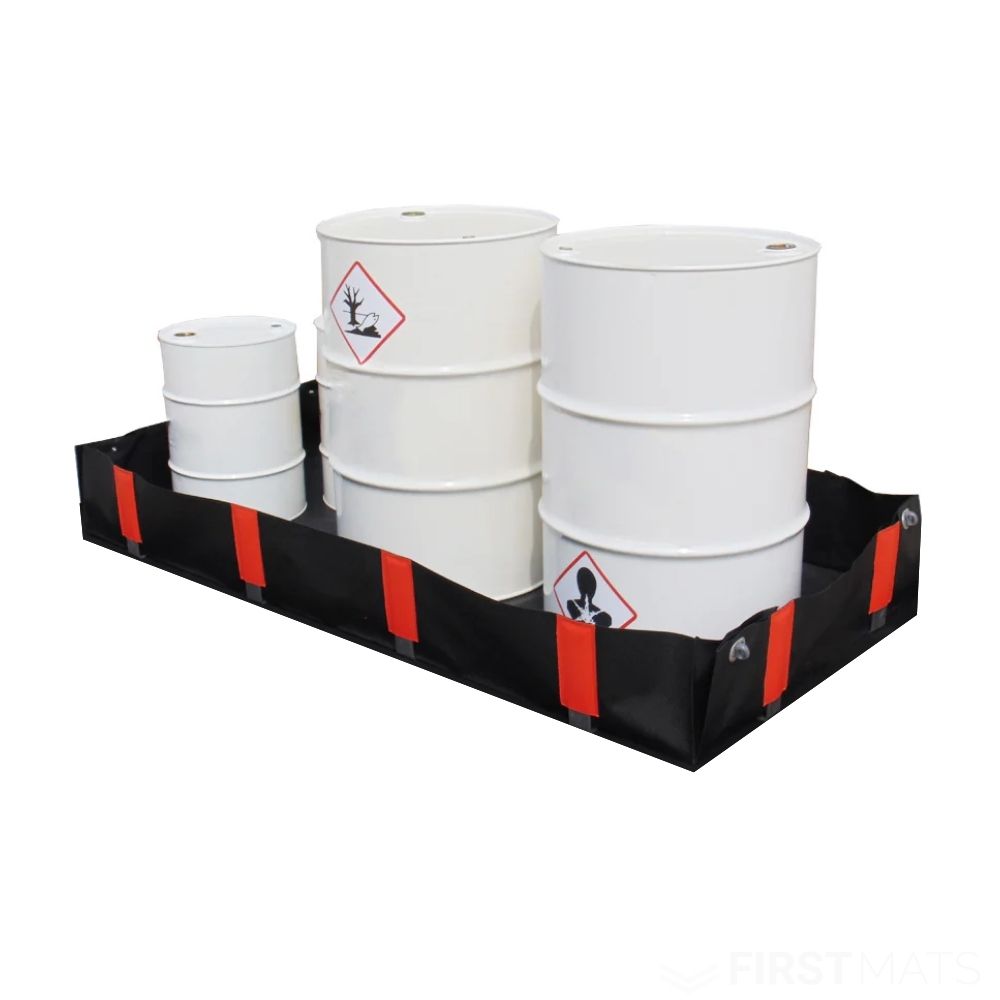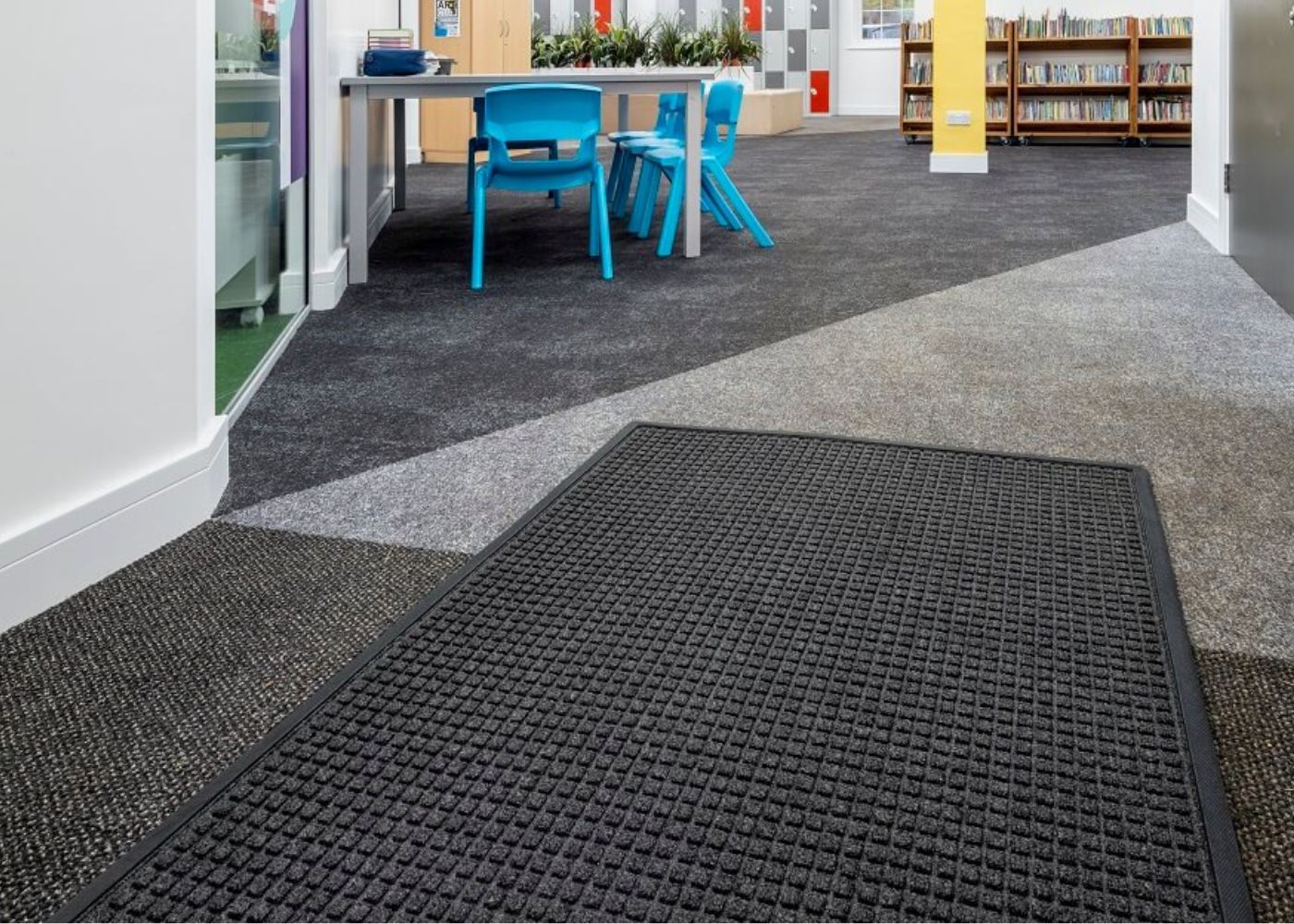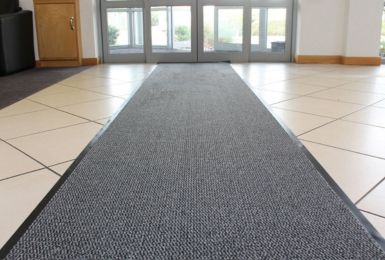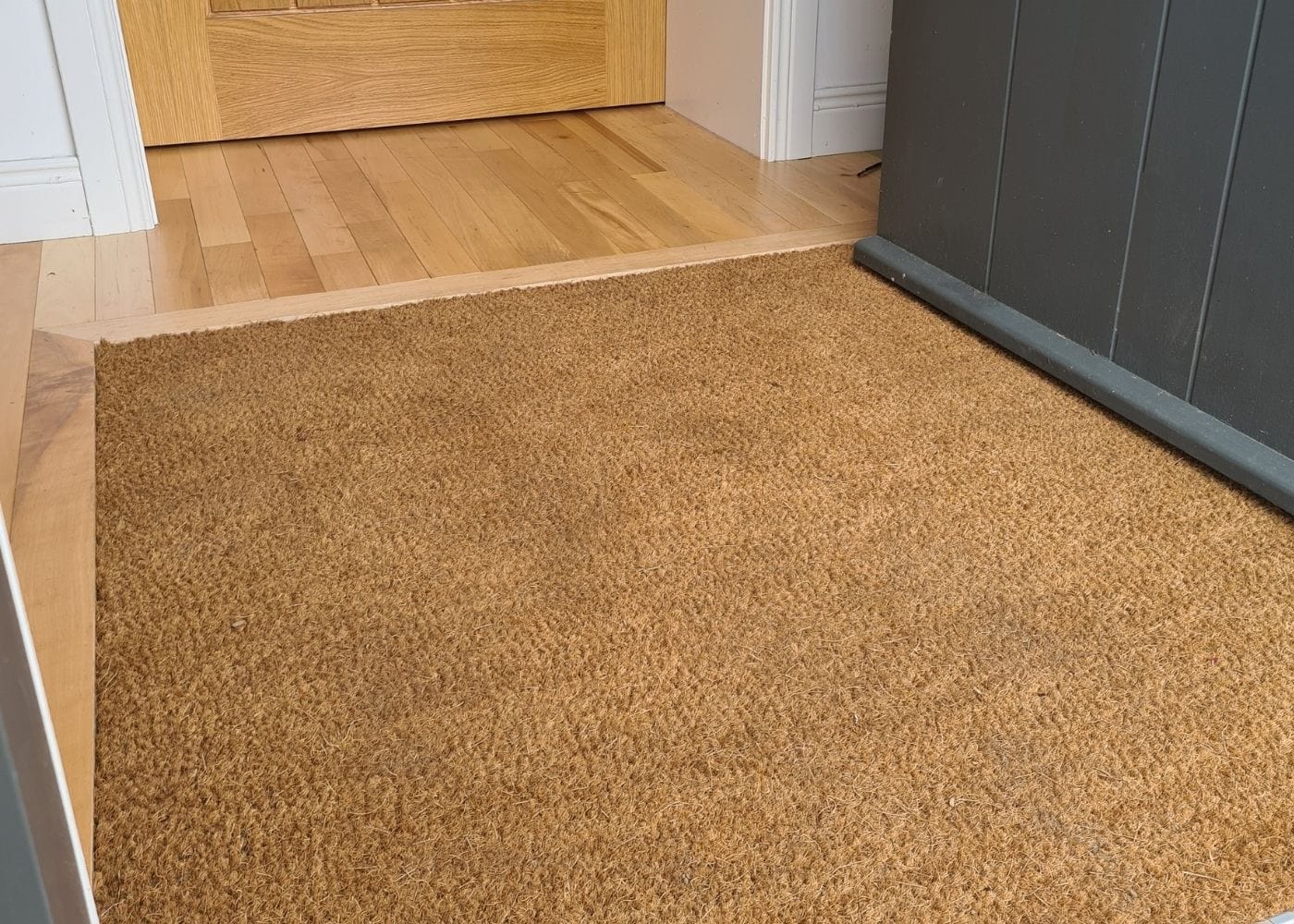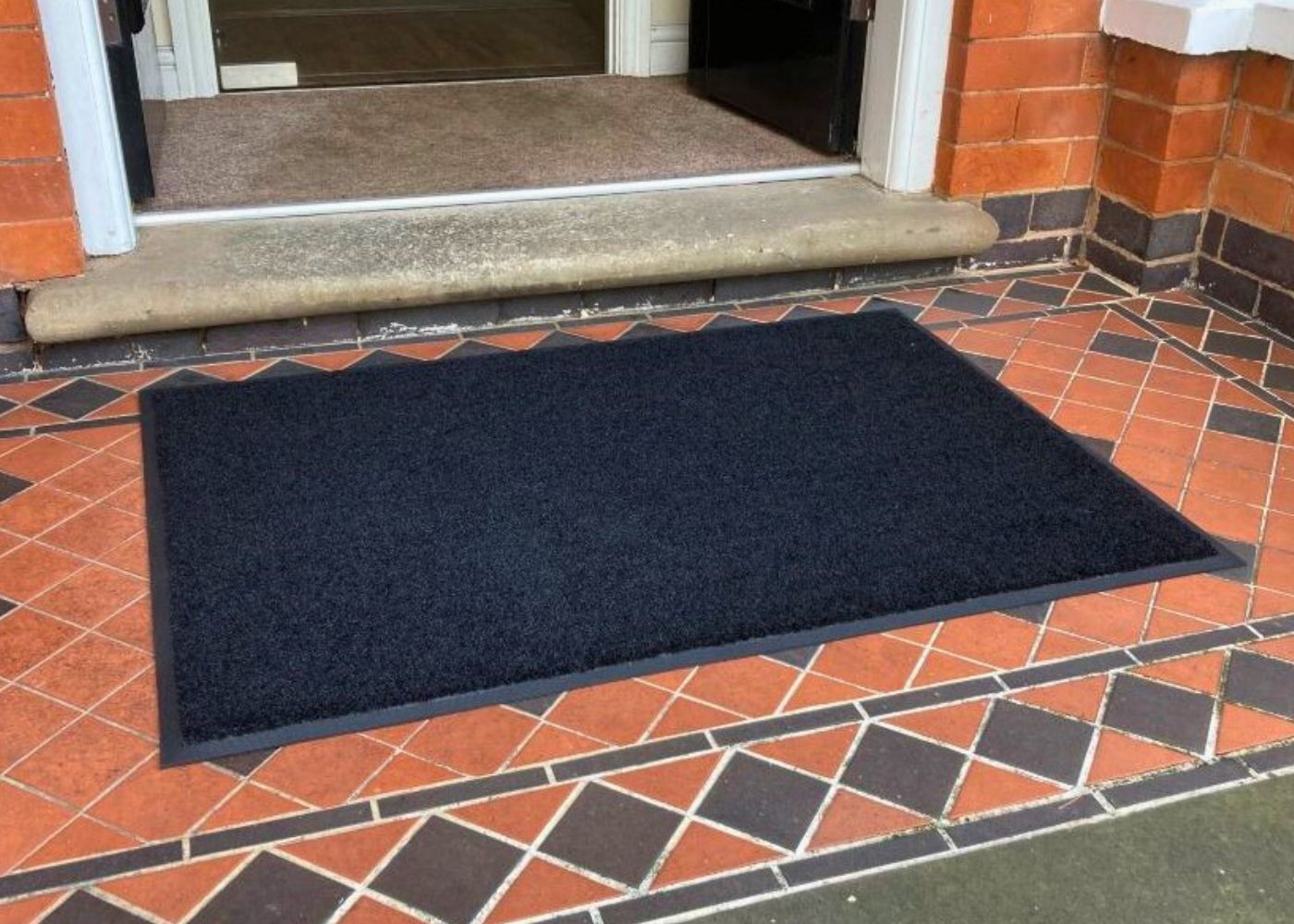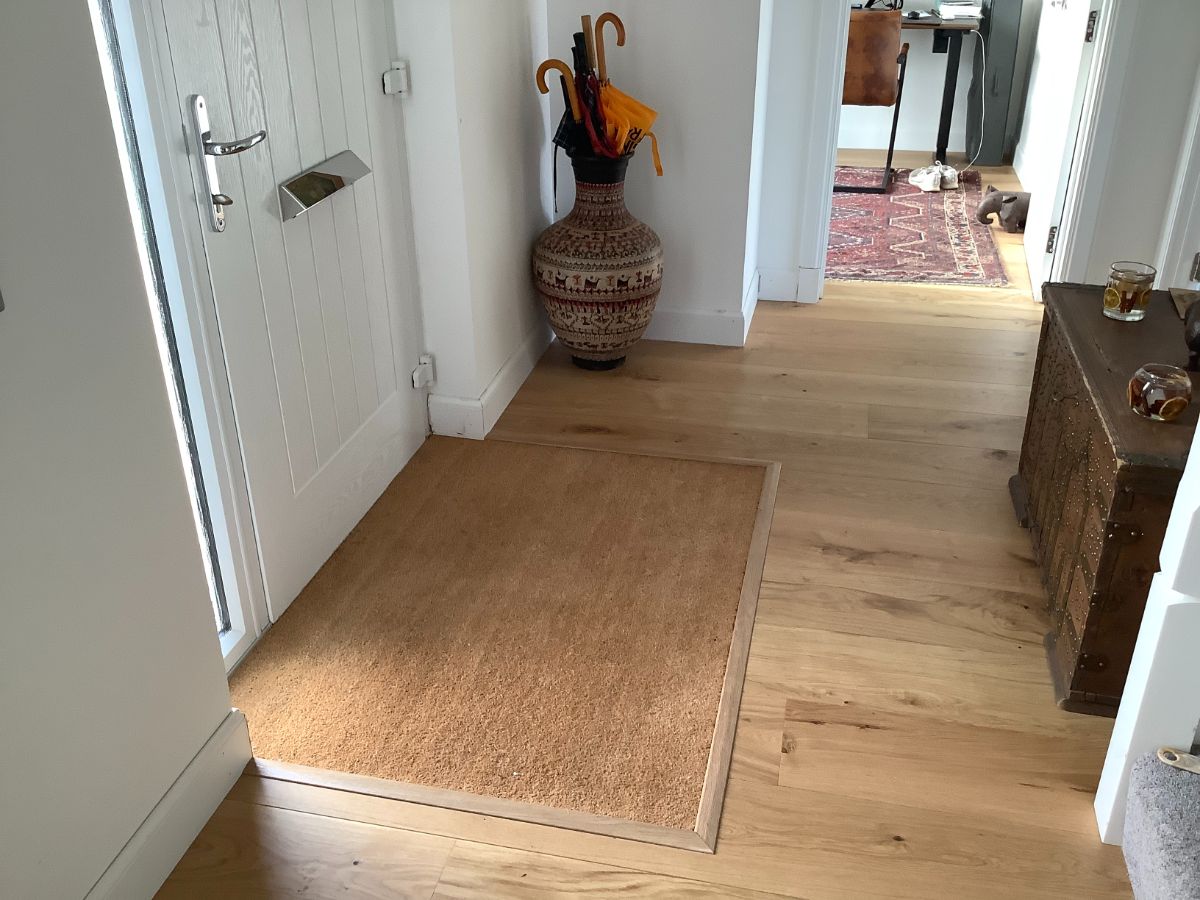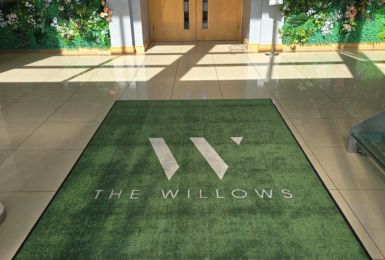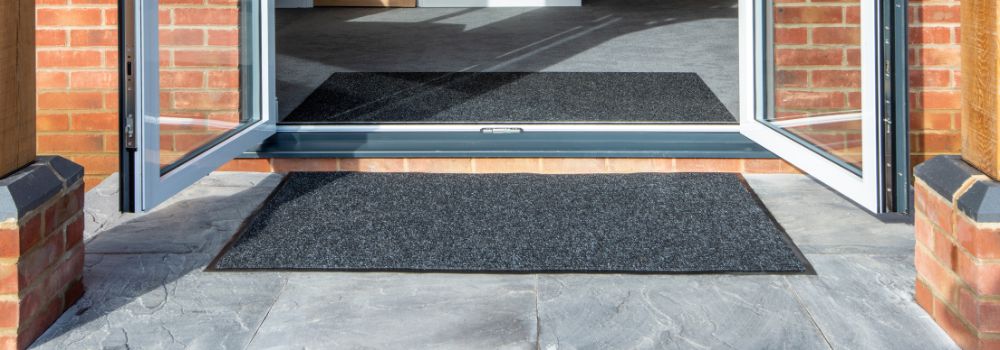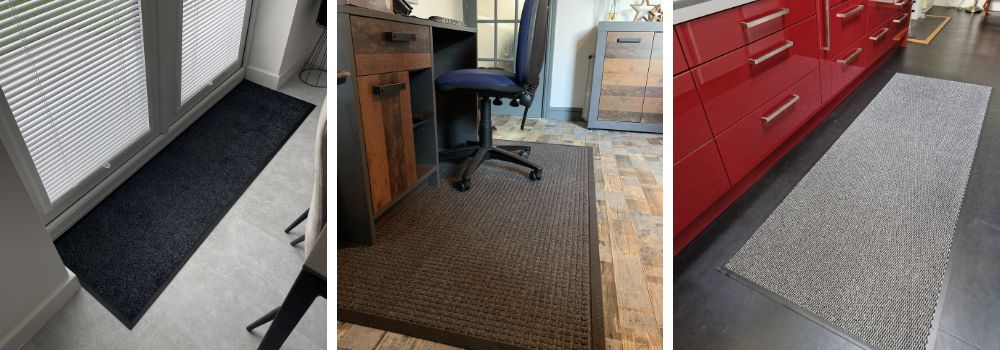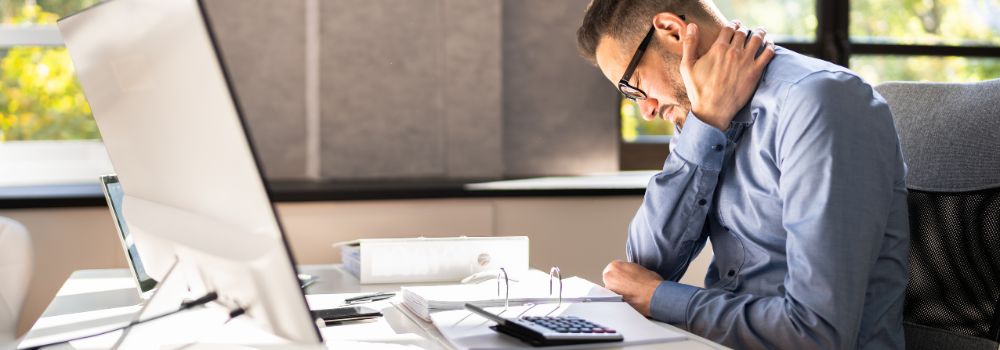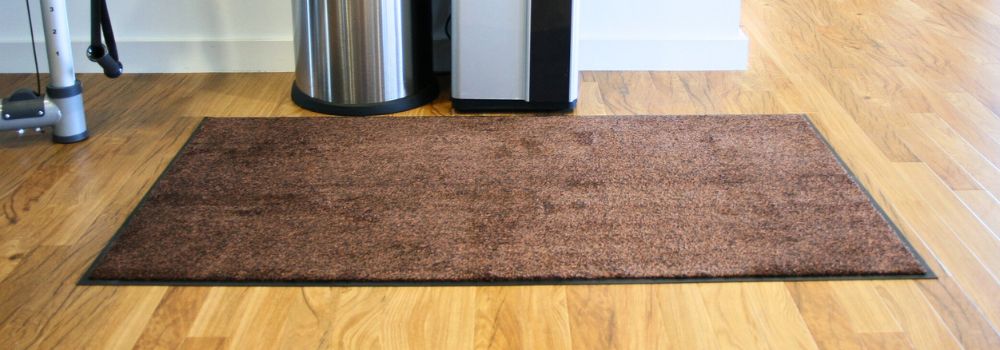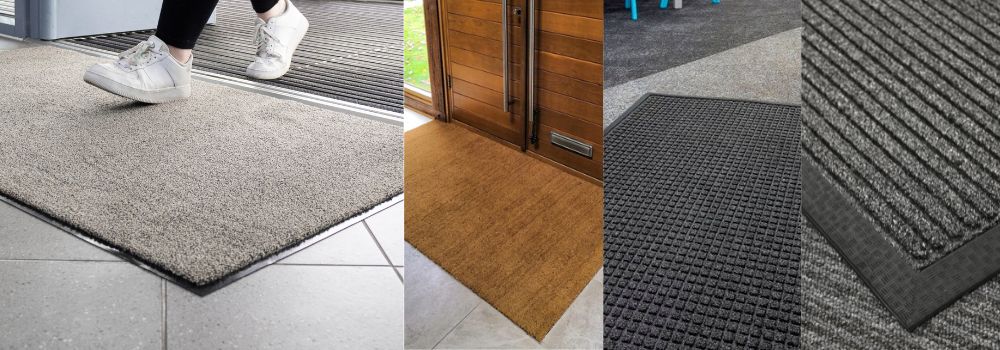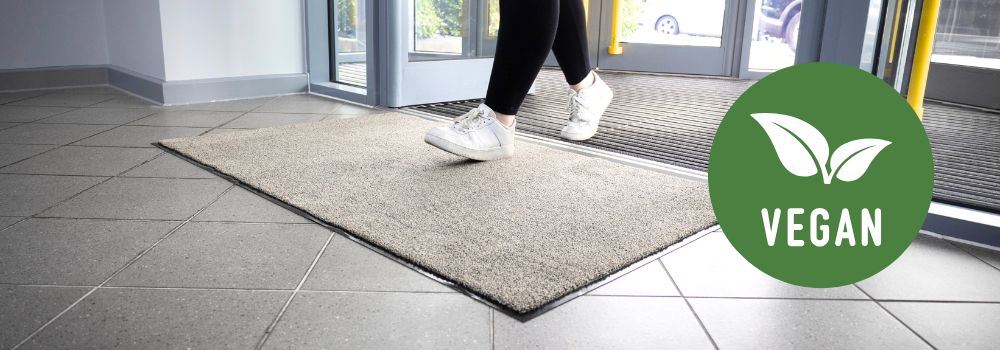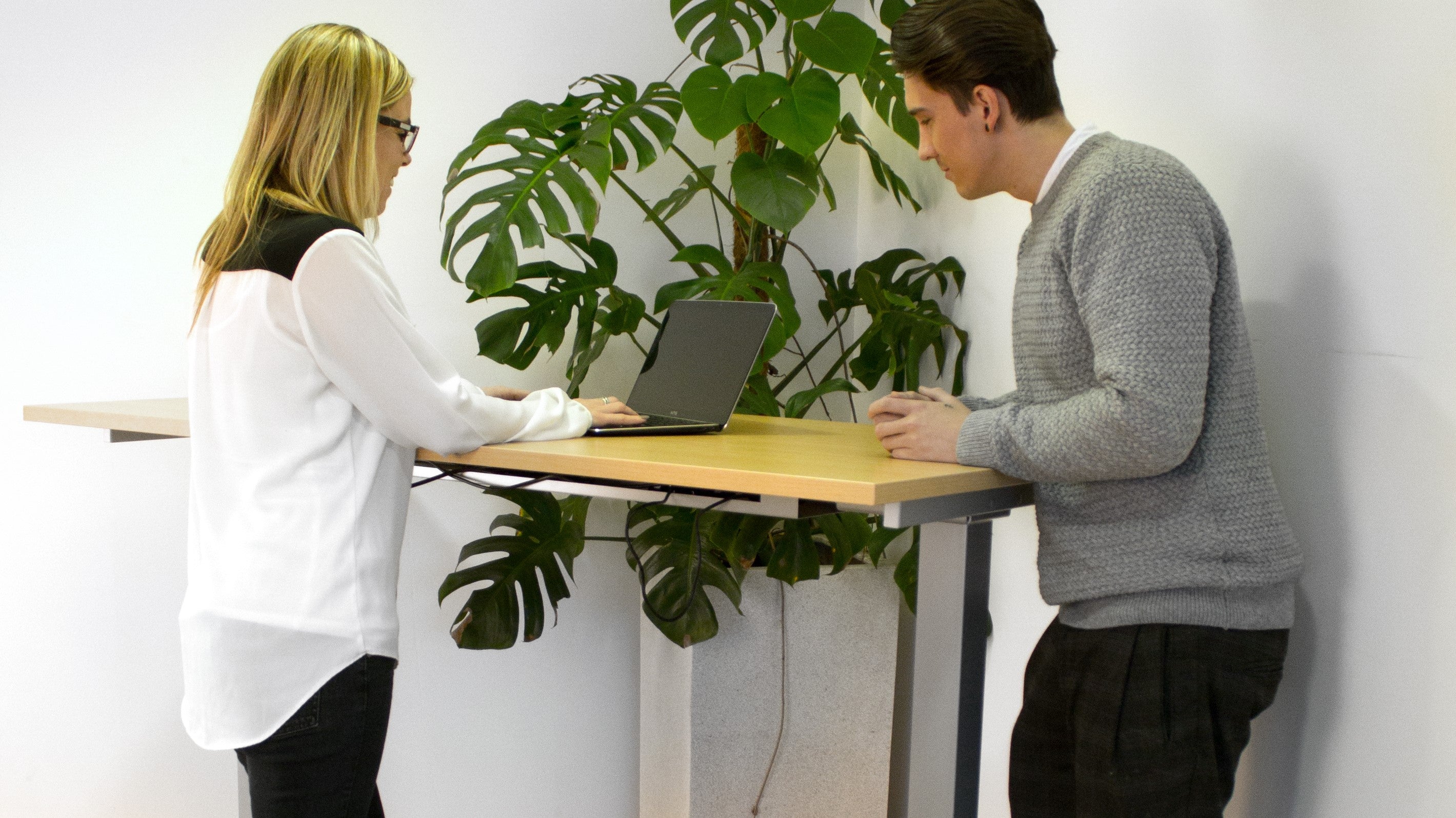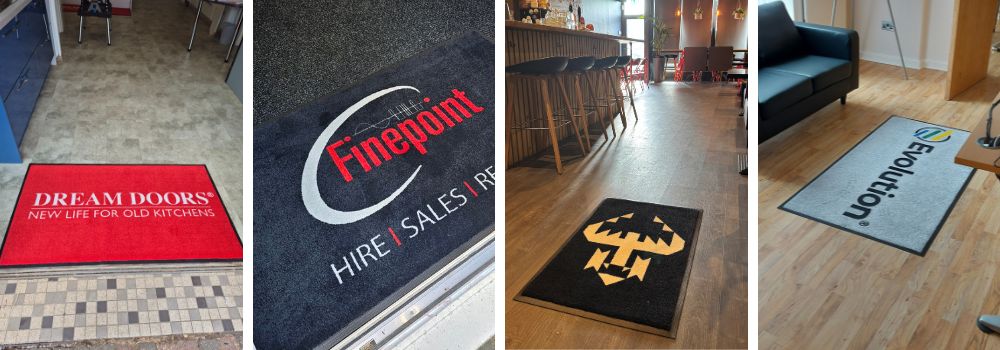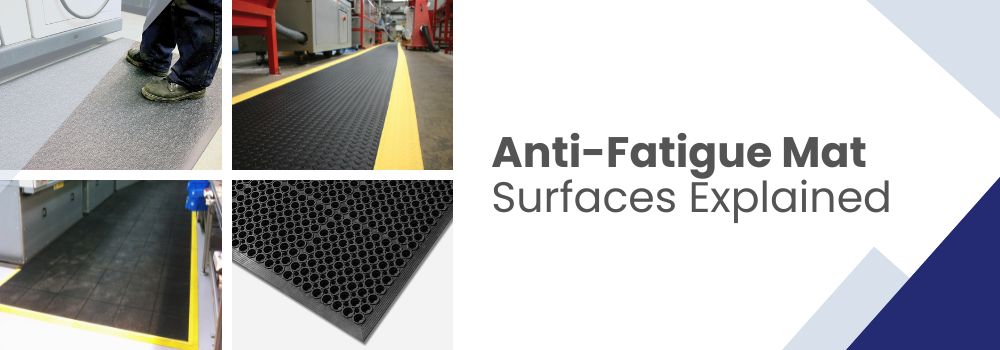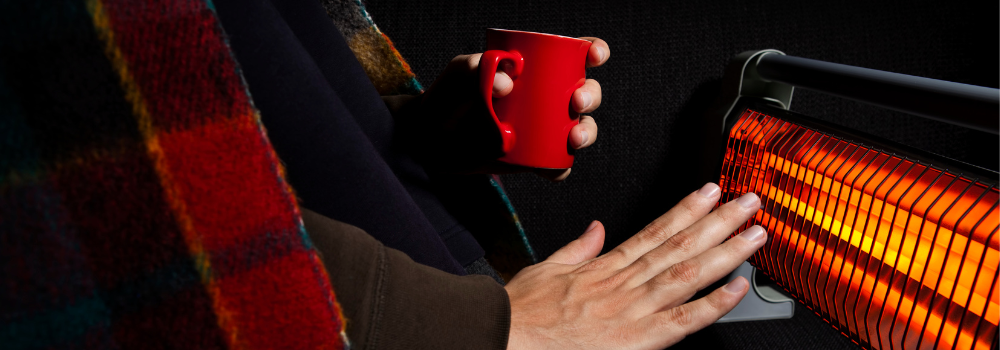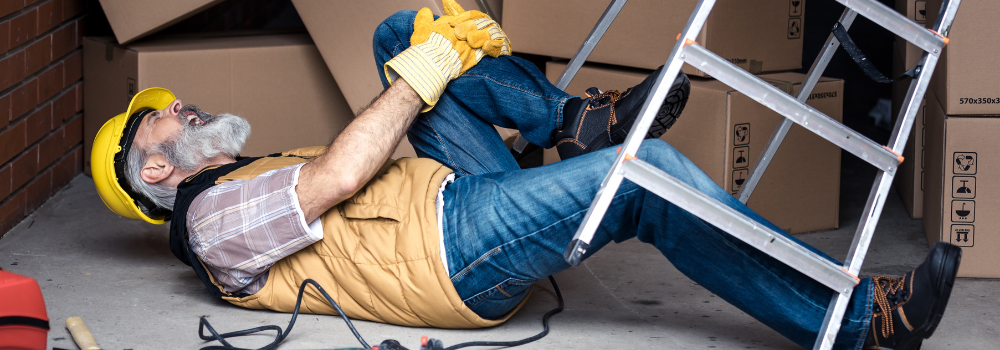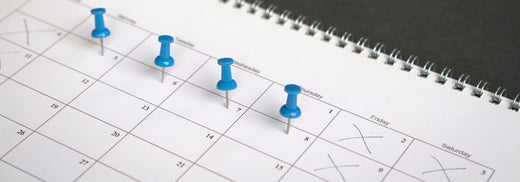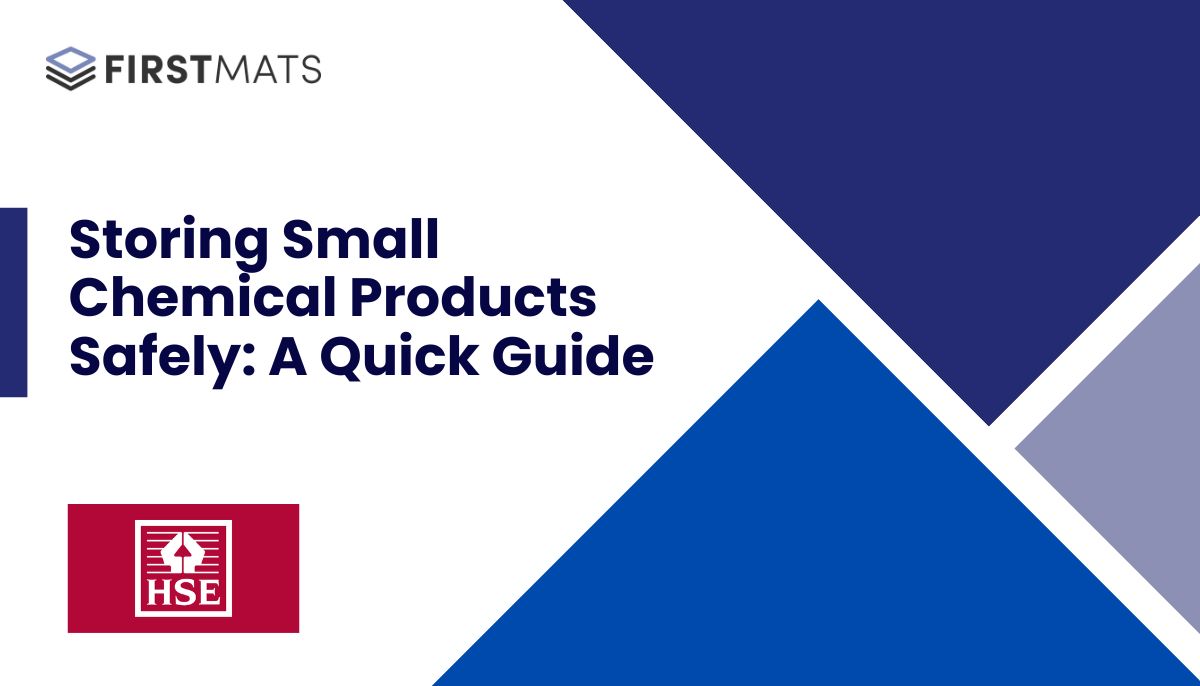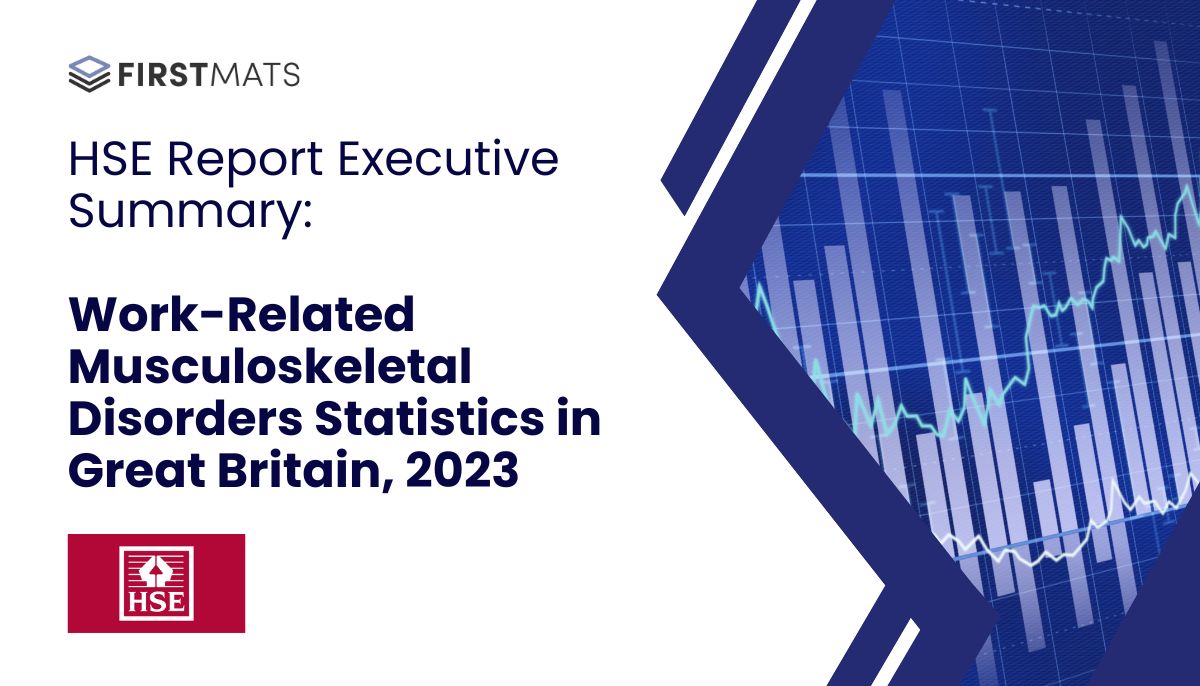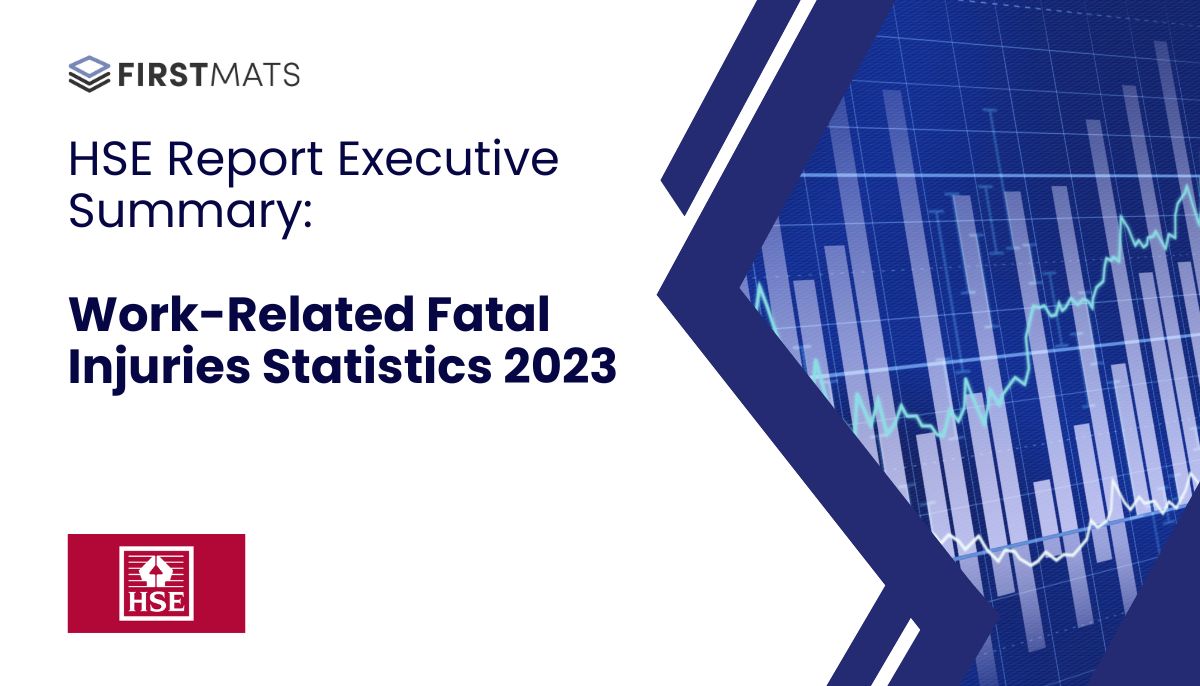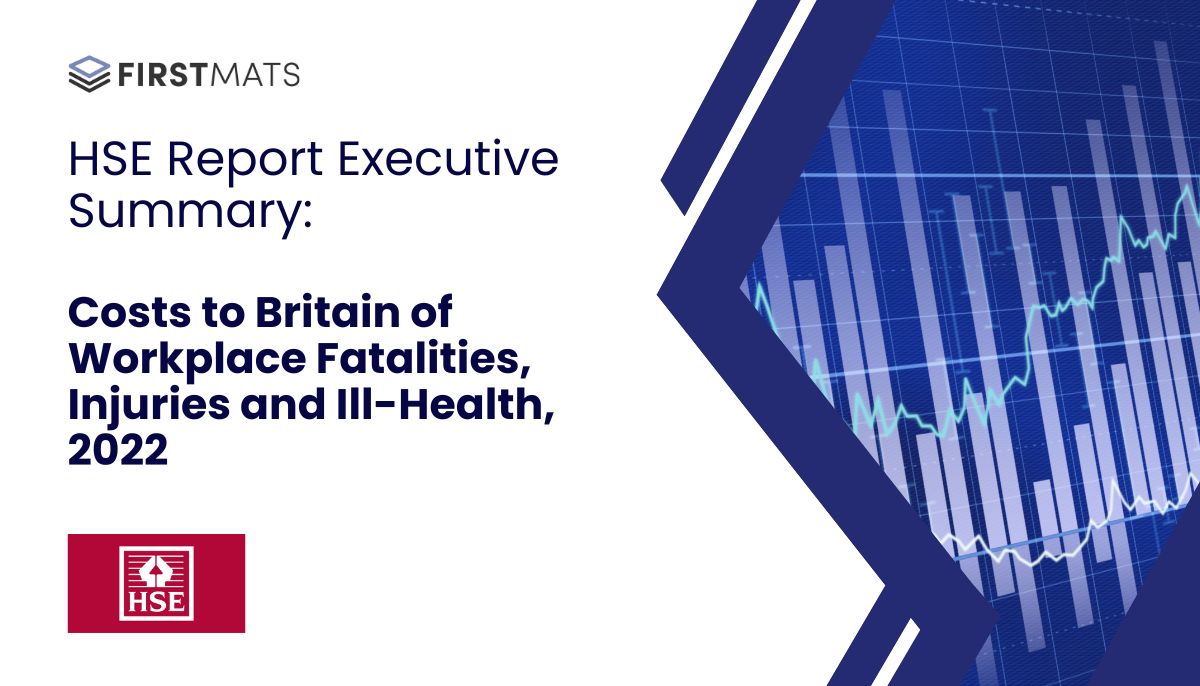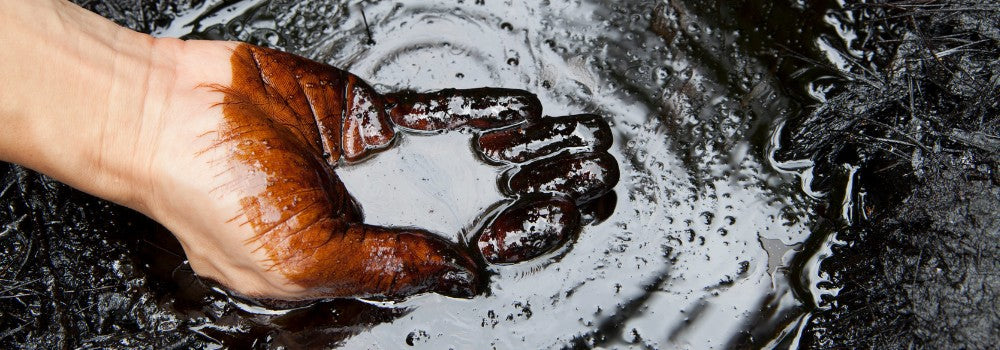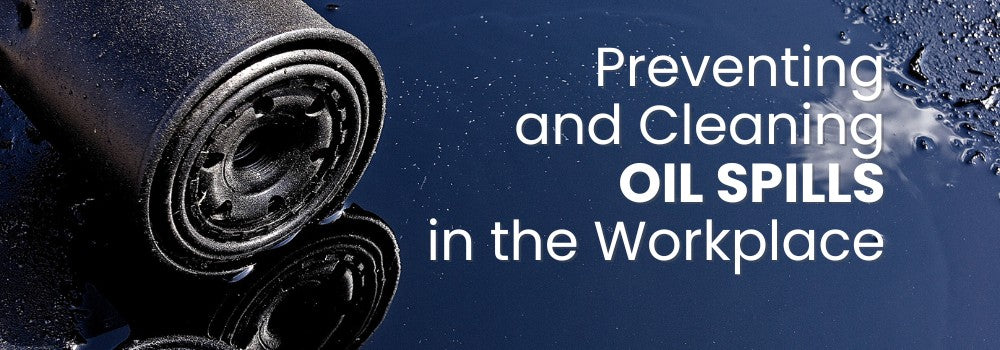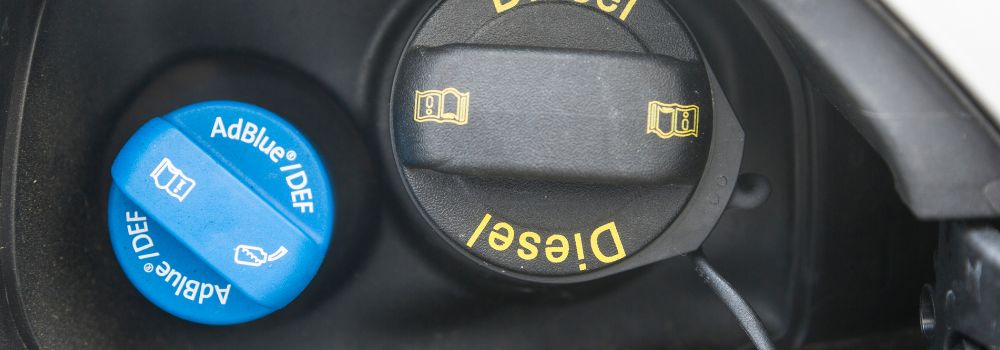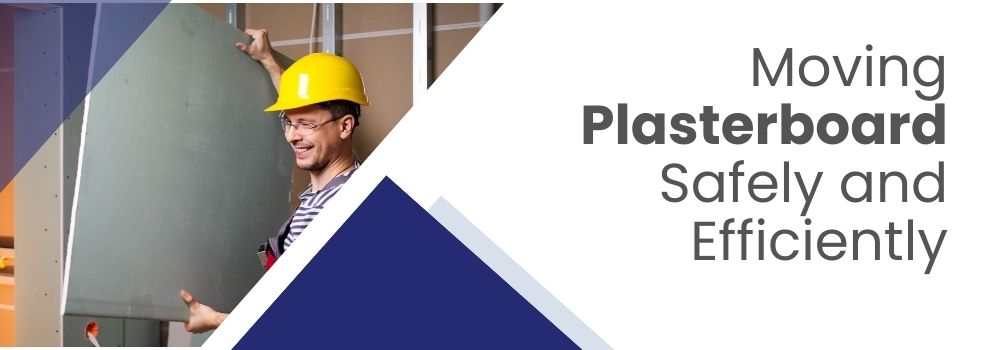The Cost of Slips, Trips, and Falls to British Industry

by Richard O'Connor
Jun 07, 2024 | *8 minutes to readThe Cost of Slips, Trips, and Falls to British Industry
Are slips, trips, and falls costing your business dearly? Is your workforce underperforming? Are you missing expertise on the floor due to personal injury in the workplace? It could be time to consider how to mitigate the risks of slips, trips, and falls by installing appropriate matting and flooring.
According to the Health & Safety Executive (HSE), slip and trip accidents cost UK employers over £500m yearly. That's from lost production time; product or plant damage; loss of expertise — the figures stack up and up and up.
This article explores how you might mitigate against the risks of slips, trips, and falls in your workplace, ensuring that your workforce remains safe, happy, and willing to contribute their talents to the continued success of your operation.
Are you sitting comfortably (and safely)?
Let's begin.
The costs of slips and trips in the workplace
Slipping, tripping, or falling in the workplace has many repercussions that cost individuals, employers, and society dearly.
The cost to individuals is effectively incalculable because there's more than straightforward pain to deal with after a workplace accident.
Individuals
When an individual injures themselves in the workplace, they face a potential loss of income from lost overtime and statutory sick pay (if that's all they can get).
But there's also the pain that can lead to a negative (albeit temporary) impact on quality of life. This is often compounded by the worry and stress from being unable to work.
The cost to an individual is more than monetary—it includes both a 'human' and a 'financial' element.
What does 'human' cost refer to? In addition to financial costs, employer's liability insurance payouts can compensate for the ‘human costs’ of an injury—this refers to the quality of life losses.
For example, the average fatal injury costs an employee £214,300 (e.g., in lost wages) but an additional £1,203,000 in 'human' costs (e.g., the quality of life impact on the deceased's family).
The data below outlines the average costs to employees associated with Workplace accidents and illnesses.
| Costs to Employees of Workplace Accidents and Illnesses | Human Cost | Financial Cost | Total Cost |
|---|---|---|---|
| Fatal accidents | £1,203,000 | £214,300 | £1,417,000 |
| Non-fatal injuries | £5,300 | -£130 | £5,200 |
| 7 or more days absence | £19,700 | -£660 | £19,000 |
| Up to 6 days absence | £330 | £50 | £370 |
| Ill Health | £9,700 | £400 | £10,100 |
| 7 or more days absence | £20,000 | £730 | £20,730 |
| Up to 6 days absence | £360 | £90 | £450 |
Source- NimbleFins
Employers
The visible costs from workplace injuries arise from insurance costs and the potential for litigation. But there are a plethora of hidden costs, including:
- Production delays
- Workforce shortages
- Costs of temporary labour and training
- Expertise deficit
- Clerical effort and investigation
- Fines
Society
We often forget that workplace injuries lead to a drain on the NHS. The HSE calculates the price of workplace trips and falls as over £800m a year, with costs to the NHS of £133m each year.
These arise from:
- Loss of economic productivity and output
- Social security costs
- The drain on the NHS
It’s time to take slips, falls, and trips in the workplace SERIOUSLY
These workplace injuries result in many ailments, from straightforward bruising to life-changing spinal and head injuries.
Injuries such as bruising don't always prevent employees from attending work, but they often result in reduced productivity while the individual heals. Slip, trip, and fall accidents can take just a few days to recover, while more severe injuries could require long-term treatment and support.
And the most frustrating thing about these workplace injuries is that they’re often avoidable.
Most Common Workplace injuries
When looking at workplace accidents causing non-fatal injury to employees. Slips, trips or falls are the 2nd most common type of workplace accident in Great Britain, accounting for an estimated 19% of all work injuries (18% of self-reported injuries to LFS data.)
| 8 Most Common Non-Fatal Workplace Injuries in 2021 | Labour Force Survey (LFS) | RIDDOR | Average Percentage |
|---|---|---|---|
| 1. Injured while handling, lifting or carrying | 118,00 | 13,940 | 20% |
| 2. Slipped, tripped or fell on the same level | 104,00 | 20,022 | 19% |
| 3. Hit by moving, flying, falling object | 48,000 | 7,089 | 8% |
| 4. Physically assaulted by a person | 46,000 | 5,422 | 8% |
| 5. Contact with moving machinery | 44,000 | 2,615 | 7% |
| 6. Fell from a height | 39,000 | 5,296 | 7% |
| 7. Hit something fixed or stationary | 23,000 | 2,451 | 4% |
| 8. Injured by an animal | 12,000 | 648 | 2% |
| Other Kinds of Accident | 138,000 | 8,557 | 23% |
| All accidents combined | 582.000 | 69.208 | 100% |

Workplace injuries lead to litigation.
If an employee slips, trips, or falls in your workplace, you’re likely to be liable — your employee could claim compensation for out-of-pocket expenses incurred as a result of their injuries.
Out-of-pocket expenses arising from personal injury could be:
- Property damage
- Loss of earnings
- Travel expenses (if they can no longer drive)
- Medical expenses
Preventing slips on steps and stairs
Most accidents are preventable with appropriate high-traction non-slip matting and flooring, especially in wet or icy working environments, such as factories or building sites.
For example, anti-slip stair nosing helps maintain a safe working environment on steps and staircases by providing outstanding grip and high visibility for workers and visitors navigating your building.
And nosing can be installed over your existing floors, steps, and stairs, offering a super-affordable way to keep everyone safe.
>Make sure you opt for anti-slip performance in wet, dry, and oily conditions — look out for slip testing to R13, in accordance with BS 7976-2:2002.
Where can you install anti-slip flooring?
Anti-slip flooring should be a consideration for all public spaces wherever there’s potential for accidental injury, including:
- Around town centres — on public footpaths, steps, and entrances
- Education centres and libraries
- Travel hubs — train stations, bus stations, taxi ranks, airports, etc.
- Leisure centres (especially those with swimming pools)
- Internal and External stairs — in public and private housing, exhibition centres, etc.
The problem of wet floors

Any floor can become wet, either due to weather conditions, spillages or in work environments that require the presence of liquids, such as food preparation areas and factory floors.
You can mitigate SOME risk by highlighting hazards as they happen with appropriate Health & Safety caution signage. But more permanent solutions require industrial matting that helps drain liquids away from the floor while providing secure footing in environments that can't remain dry.
The problem of workplace fatigue
Not all workplace slips, trips, and falls result from wet floors; fatigue is a serious issue in hazardous workplaces. Working environments that require employees to spend extended periods on their feet often see accidents through a lack of attentiveness caused by tiredness.
Anti-fatigue mats effectively minimise the pressure of standing by cushioning the feet just enough to offer both support and stability. The soft surface of the mats helps improve blood flow by encouraging small muscle movements in the feet, ankles, and legs that help maintain attention while boosting energy.
Slips caused by machine swarf
Swarf catch mats help trap machine swarf, which can cause slips on unprotected floors — keeping the workshop environment cleaner and safer.
The waffle pattern helps keep scraps of metal, wood, and plastic away from shoes — keeping the debris underneath the mat until it can be removed and swept away at the end of the shift.
Rubber swarf mats are often suitable for both wet and dry environments and offer versatile protection and anti-fatigue cushioning.
Clean away spills promptly
Liquid spillages can be challenging to clean quickly, especially oil or fuel. And often, caution signs just aren't enough to keep your workforce safe.
Wherever oil is spilt, you need an effective cleaning regime that quickly removes the slippery covering from your floors.
So, arm your workplace with oil spill kits that respond quickly to hazardous spillages. A typical oil spill kit includes absorbent materials for mopping up liquids and cleaning chemicals that cut through grease, rapidly making the floor safe to walk on.
Don’t leave yourself open to litigation
The personal injury sector has grown exponentially over the past twenty years, and there's an ever-growing body of people seeking compensation for avoidable workplace accidents. This costs UK workplaces millions of pounds each year. Of course, the most effective solution to slips, falls, and trips is prevention.
So, ensure that you mitigate the potential for accidents with reasonable workplace adjustments such as high-visibility, high-grip flooring that helps employees feel safer and more alert in the workplace.
Do you need some advice?
You’re probably thinking about how you can protect your workforce from slips, trips, and falls.
Get in touch - we'll be thrilled to help you build a safer environment with First Mats products, designed to provide long-lasting quality and safety for all budgets.
Explore More Topics
Frequently Asked Questions
If you have any questions, we’re here to help
How long does delivery take?
Each product comes with a specified lead time for delivery. We'll keep you informed if there are any delays in meeting this timeline.
Typically, once you’ve finalised your order and approved the proof, it will take 4-5 business days to make and deliver your finished mat.
If my order is damaged, can I return or exchange it?
Got a problem with your order? If something's not right or you're not thrilled with the quality, just let us know within 14 days of getting it. Drop us a line, and we'll tell you what to do next—usually, it starts with you sending us a photo of the issue. Once we check that out, we'll sort you out with a refund or a new item, no fuss.
Can I get my mat delivered more quickly?
Need your item in a hurry? Just Contact us to explore the faster delivery options we might have for you!
If my custom mat is damaged, can I return or exchange it?
Got a problem with your order? If something's not right or you're not thrilled with the quality, just let us know within 14 days of getting it. Drop us a line, and we'll tell you what to do next—usually, it starts with you sending us a photo of the issue. Once we check that out, we'll sort you out with a refund or a new item, no fuss.
























